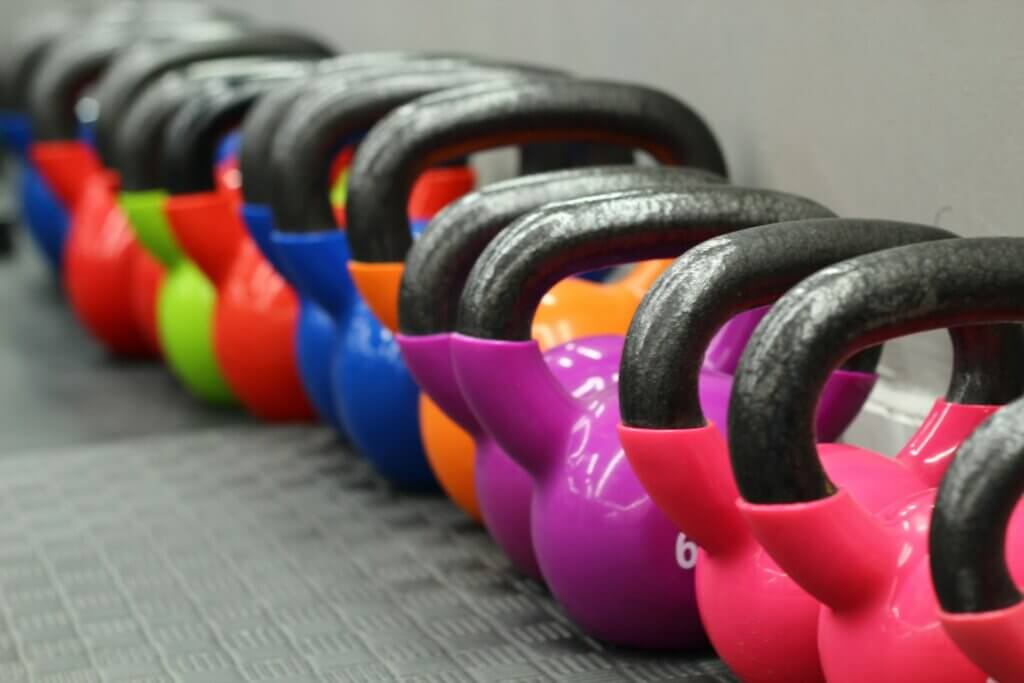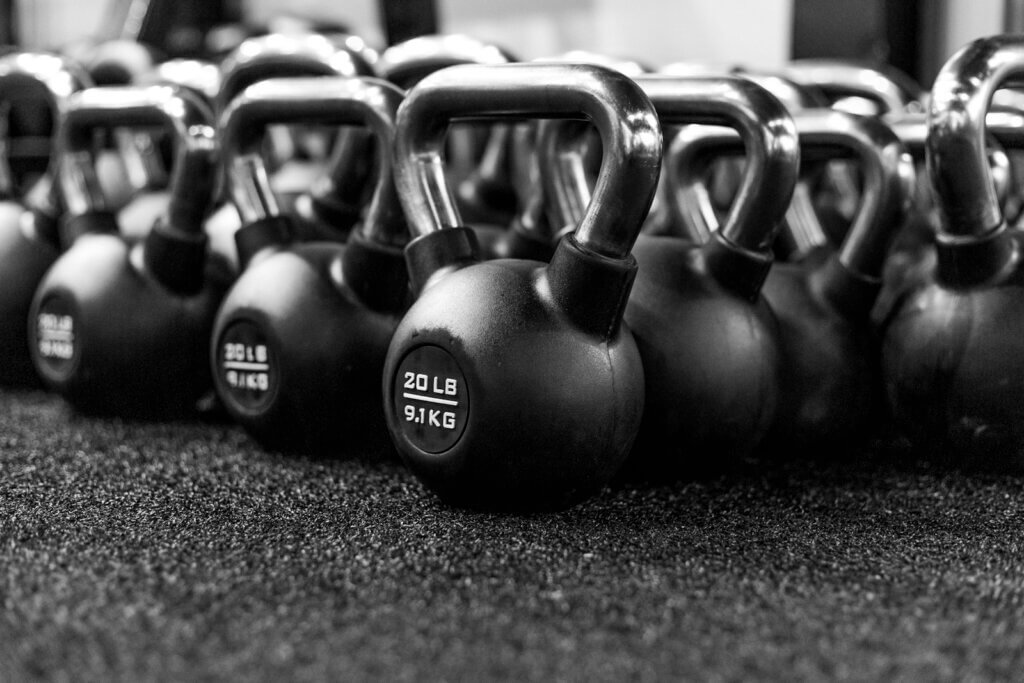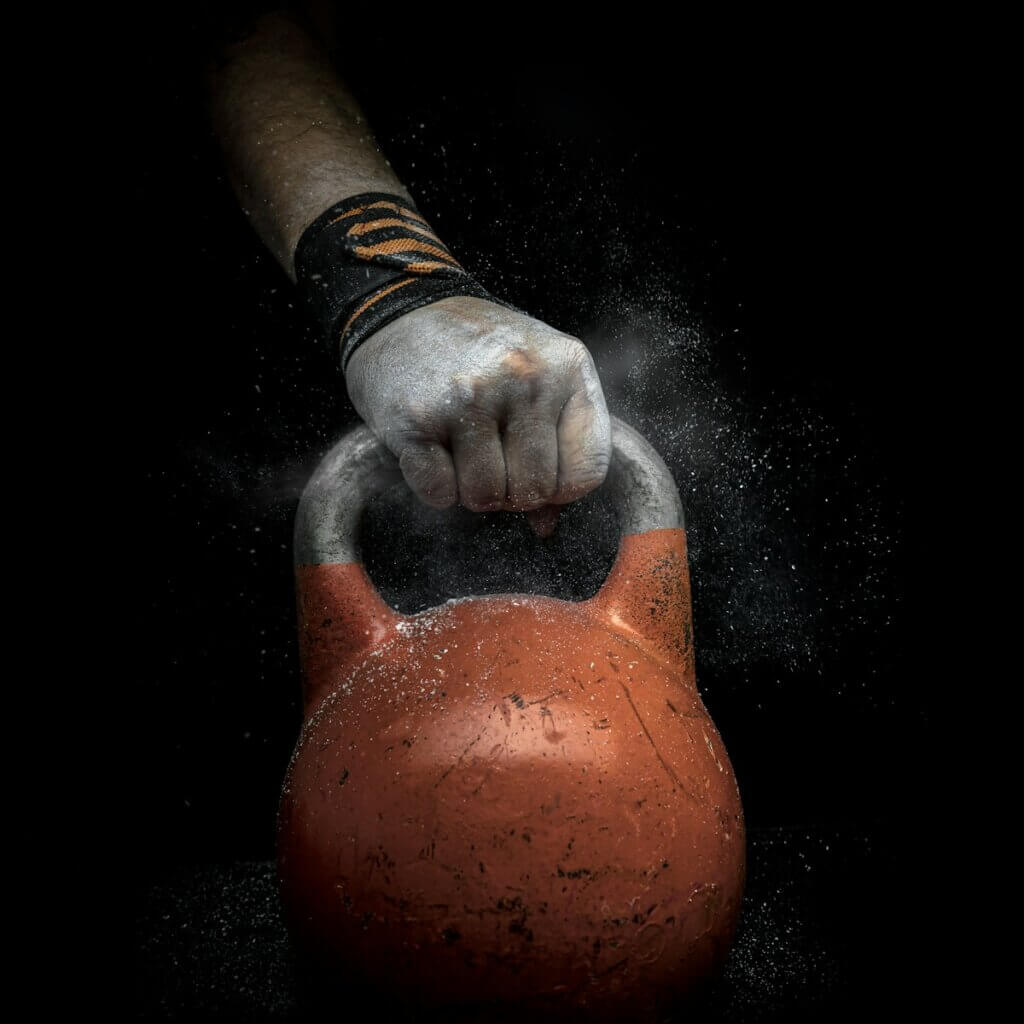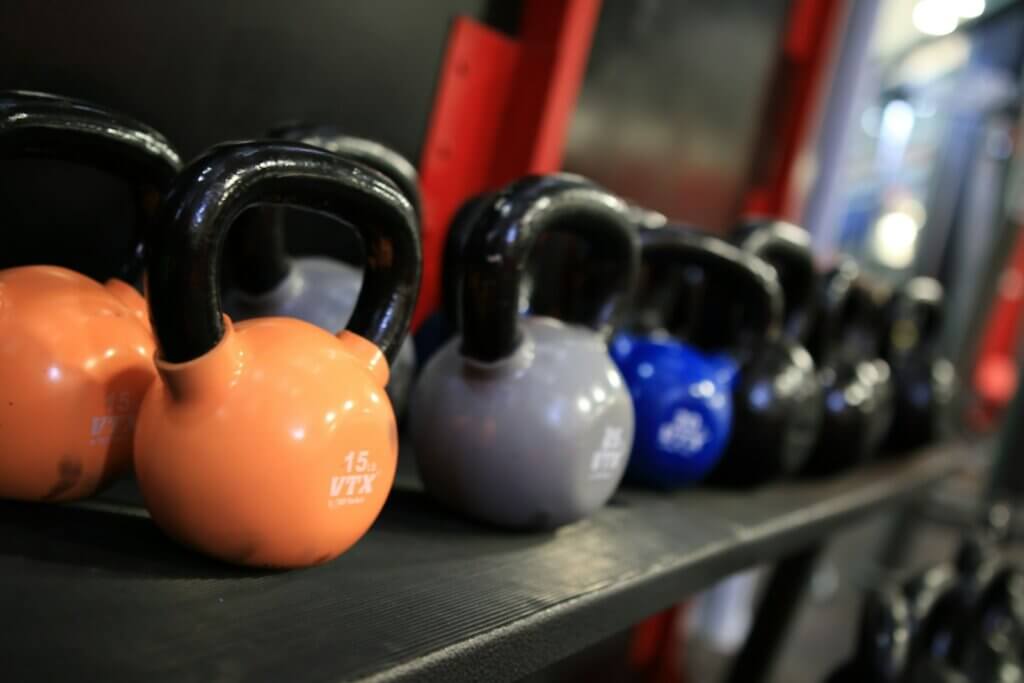Best Kettlebell Exercises for Beginners
Kettlebells are one of the best pieces of equipment you can add to your home workout routine, especially if you’re a beginner. These weights, which resemble cannonballs with handles, offer a unique way to build strength, improve cardiovascular fitness, and enhance overall flexibility. Originally from Russia, kettlebells have gained immense popularity in the fitness world, and for good reason. They provide a versatile and effective workout that can be tailored to any fitness level.
For beginners, kettlebells are particularly advantageous. One of the main reasons is their simplicity and ease of use. Unlike some gym machines or other weights that require a lot of setup or specific knowledge, kettlebells are straightforward. You can pick one up and start exercising right away. Plus, they allow for a wide range of movements that target different muscle groups, making them an excellent choice for full-body workouts.
Another benefit of kettlebells for beginners is their effectiveness in building functional strength. Functional strength is the kind of strength you use in everyday activities, like lifting groceries or moving furniture. Because kettlebell exercises involve multiple muscle groups and mimic natural body movements, they help you develop this type of practical strength. This can make everyday tasks easier and reduce the risk of injury in daily life.
Kettlebells are also fantastic for improving your cardiovascular fitness. Many kettlebell exercises combine strength training with cardio, providing a two-in-one workout that saves time and boosts overall fitness. This is particularly useful for beginners who might be looking to improve their heart health and build endurance alongside strength.
Moreover, kettlebell workouts are highly adaptable. You can start with lighter weights and simpler movements, and as you gain strength and confidence, you can progress to heavier weights and more complex exercises. This makes kettlebells a long-term investment for your fitness journey.
Space and cost are other important considerations for beginners. Kettlebells don’t take up much room, so they’re perfect for small home gyms. You can easily store them under your bed or in a closet when not in use. They’re also relatively affordable compared to many other types of fitness equipment, which is a big plus if you’re just starting and don’t want to invest heavily in your home gym.
In summary, kettlebells are a great starting point for anyone new to fitness. They’re easy to use, versatile, effective for building functional strength, great for cardio, adaptable to your fitness level, and space-efficient. Now, let’s dive into some of the best kettlebell exercises for beginners that will help you get started on your fitness journey.

Shop Kettlebells now on Amazon
See Amazons extensive range of Kettlebells here. (Affiliate Link)
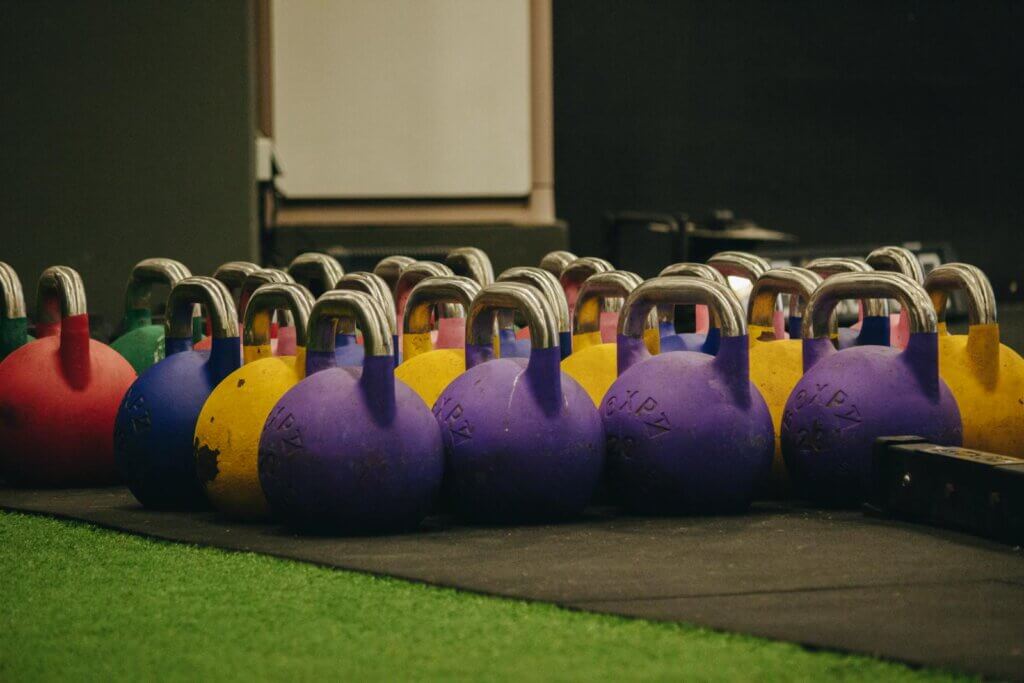
Best Kettlebell Exercises for Beginners
1. Kettlebell Swing
The kettlebell swing is a foundational exercise that works your glutes, hamstrings, and core. It’s also great for improving cardiovascular fitness.
Why It’s Good for Beginners: The kettlebell swing teaches you how to generate power from your hips, which is essential for many other exercises. It also helps improve your posture and core stability.
How to Do It:
- Stand with your feet shoulder-width apart, holding the kettlebell with both hands.
- Bend your knees slightly and hinge at your hips, swinging the kettlebell back between your legs.
- Drive your hips forward to swing the kettlebell up to shoulder height.
- Control the swing as the kettlebell comes back down and repeat.
2. Goblet Squat
The goblet squat targets your quads, glutes, and core.
Why It’s Good for Beginners: The goblet squat is a great way to learn proper squatting form. Holding the kettlebell in front of you helps keep your torso upright and encourages good posture.
How to Do It:
- Hold the kettlebell close to your chest with both hands, gripping the handle.
- Stand with your feet shoulder-width apart.
- Lower into a squat by bending your knees and pushing your hips back.
- Keep your chest up and your back straight.
- Stand back up and repeat.
3. Turkish Get-Up
The Turkish get-up is a full-body exercise that improves strength, stability, and coordination.
Why It’s Good for Beginners: The Turkish get-up teaches you how to move your body efficiently and safely while holding a weight. It also enhances your balance and coordination.
How to Do It:
- Lie on your back holding the kettlebell in one hand, arm extended towards the ceiling.
- Bend the knee on the same side and place your foot flat on the floor.
- Use your free hand to help push yourself up to a sitting position.
- Continue to stand up, keeping the kettlebell overhead.
- Reverse the steps to return to the starting position.
- Repeat on the other side.
4. Kettlebell Press
The kettlebell press builds shoulder and upper body strength.
Why It’s Good for Beginners: Pressing a kettlebell helps you develop shoulder strength and stability. It’s a straightforward exercise that lays the foundation for more advanced upper body movements.
How to Do It:
- Stand with your feet shoulder-width apart, holding the kettlebell at shoulder height.
- Press the kettlebell overhead until your arm is fully extended.
- Lower the kettlebell back to shoulder height and repeat.
5. Kettlebell Deadlift
The kettlebell deadlift strengthens your hamstrings, glutes, and lower back.
Why It’s Good for Beginners: The deadlift is a fundamental movement that teaches you how to lift weights safely. It’s excellent for building lower body strength and improving your overall lifting technique.
How to Do It:
- Stand with your feet hip-width apart, holding the kettlebell with both hands.
- Bend your knees slightly and hinge at your hips to lower the kettlebell towards the floor.
- Keep your back straight and your core engaged.
- Stand back up, driving through your heels, and repeat.
6. Kettlebell Snatch
The kettlebell snatch is a full-body exercise that requires explosive power.
Why It’s Good for Beginners: While more advanced, starting with a lighter weight can help beginners develop power and coordination. It’s a dynamic move that enhances your ability to lift and control heavier weights over time.
How to Do It:
- Stand with your feet shoulder-width apart, holding the kettlebell in one hand.
- Swing the kettlebell between your legs.
- In one smooth motion, pull the kettlebell up and punch it overhead.
- Lower the kettlebell back to the starting position and repeat on the other side.
7. Kettlebell Clean and Press
The kettlebell clean and press combines a clean and an overhead press, working multiple muscle groups.
Why It’s Good for Beginners: This exercise teaches you how to lift and control the kettlebell through a range of motion. It’s great for developing overall body strength and coordination.
How to Do It:
- Stand with your feet shoulder-width apart, holding the kettlebell in one hand.
- Swing the kettlebell back between your legs and then bring it up to shoulder height.
- Press the kettlebell overhead.
- Lower the kettlebell back to shoulder height and then to the starting position.
- Repeat on the other side.
These exercises are excellent starting points for beginners. They cover a wide range of movements and muscle groups, ensuring a comprehensive workout that builds strength, improves cardiovascular health, and enhances overall fitness. With consistent practice, you’ll find yourself getting stronger, more coordinated, and more confident in your workouts. So grab a kettlebell and get started on your fitness journey today!
Check out our complete list of exercises here!

Shop Kettlebells now on Amazon
See Amazons extensive range of Kettlebells here. (Affiliate Link)
Kettlebell Weight Options
Choosing the right kettlebell weight is crucial, especially for beginners. Here’s how to decide on the best starting weights based on your fitness level and goals.
Common Kettlebell Weights
Kettlebells come in a variety of weights. Here are the most common ones:
- 8 kg (18 lbs)
- 12 kg (26 lbs)
- 16 kg (35 lbs)
- 20 kg (44 lbs)
- 24 kg (53 lbs)
- 28 kg (62 lbs)
- 32 kg (70 lbs)
Beginners
When you’re just starting, it’s important to choose weights that help you learn proper form without risking injury. Here’s a general guideline:
For Women:
- Start with a kettlebell weighing 8 kg (18 lbs) or 12 kg (26 lbs). This range is ideal for most women new to kettlebell training. The lighter weight allows you to focus on form and technique.
For Men:
- Start with a kettlebell weighing 12 kg (26 lbs) or 16 kg (35 lbs). These weights are typically suitable for men new to kettlebell exercises, providing a good balance between challenge and control.
Intermediate and Advanced
As you gain strength and confidence, you can move on to heavier weights. But for now, let’s focus on the beginner weights and exercises that will help you get there.
Benefits of Starting with Lighter Weights
Starting with lighter weights has several advantages:
- Learning Proper Form: It’s crucial to master the correct technique before moving on to heavier weights. Poor form can lead to injuries and less effective workouts.
- Building Confidence: Starting with a manageable weight helps build confidence. As you get stronger and more comfortable with the movements, you can gradually increase the weight.
- Preventing Injuries: Using a lighter weight reduces the risk of injury, which is especially important for beginners who are still learning how to move correctly.
Tips for Buying Kettlebells
Start Small: If you’re unsure where to begin, start with a lighter weight. You can always buy heavier kettlebells as you progress.
Quality Matters: Invest in good quality kettlebells. Cheaper options might save money initially, but they often don’t last as long and may not be as safe.
Mix and Match: Consider buying a few different weights to cover various exercises and progression levels. This keeps your workouts versatile and allows you to challenge yourself as you improve.

Shop Kettlebells now on Amazon
See Amazons extensive range of Kettlebells here. (Affiliate Link)
Kettlebell Workout Examples
Beginner Workouts:
Workout 1: Basic Circuit
- Kettlebell Swings: 3 sets of 10 reps
- Goblet Squats: 3 sets of 10 reps
- Kettlebell Deadlifts: 3 sets of 10 reps
- Rest: 1 minute between sets
Workout 2: Full-Body Beginner
- Turkish Get-Up: 3 sets of 5 reps per side
- Kettlebell Press: 3 sets of 10 reps
- Kettlebell Rows: 3 sets of 10 reps per side
- Rest: 1 minute between sets
Starting with the right kettlebell weights and practicing these beginner exercises will help you build a solid foundation. As you become more comfortable and stronger, you can gradually increase the weight and intensity of your workouts. Remember, consistency is key, so keep at it and enjoy the process of getting fitter and stronger with kettlebells!
Benefits of Kettlebells
Kettlebells are great because they can help you get a full-body workout. Here are some of the key benefits:
Versatility: You can use kettlebells for many different exercises like swings, squats, presses, and get-ups. This means you can work out different parts of your body with just one piece of equipment.
Functional Strength: Kettlebell exercises often mimic real-life movements, which helps you build strength for everyday activities and reduces the chance of injury.
Cardio Fitness: Many kettlebell workouts involve fast, continuous movements that get your heart pumping and help improve your cardiovascular health.
Core Stability and Balance: Using kettlebells often requires you to engage your core muscles, which helps improve your balance and stability.
Time-Efficient: Kettlebell workouts can be done quickly but still provide a great workout, perfect for those with busy schedules.
Improved Grip Strength: The thick handle of a kettlebell helps strengthen your grip, which is useful for other exercises and everyday tasks.
Portability: Kettlebells are easy to move around, so you can work out at home, in the park, or even take them with you when you travel.
What to Consider Before Buying Kettlebells
Before you buy kettlebells, think about these factors to make sure you choose the right ones:
Weight Range: Think about the weights you need based on your fitness level and the exercises you want to do. It’s good to have a range of weights to progress over time.
Material and Build Quality: Kettlebells come in different materials like cast iron, steel, and vinyl-coated. Choose one that is durable and will last through many workouts.
Handle Comfort and Grip: The handle’s thickness and texture are important. Make sure the handle is comfortable and provides a good grip, even when you’re sweating.
Space: Consider the space in your home. Kettlebells don’t take up much room, but if you have several, you’ll need to store them.
Budget: Kettlebells vary in price. Decide how much you want to spend and find kettlebells that give you the best value without sacrificing quality.
Brand Reputation: Look for brands known for making good quality kettlebells and read reviews to see what other users think.
Types of Kettlebells Available
Kettlebells come in different materials and designs. Here are the most common types:
Cast Iron Kettlebells:
- Pros: Durable, available in many weights, thicker handle for better grip strength.
- Cons: Can be rough on hands, paint may chip.
Steel Kettlebells:
- Pros: Same size no matter the weight, often used in competitions, durable and smooth finish.
- Cons: More expensive, thinner handles might not suit everyone.
Vinyl-Coated Kettlebells:
- Pros: Protects floors, reduces noise, colorful for easy weight identification.
- Cons: Coating can wear off, bulkier.
Adjustable Kettlebells:
- Pros: Saves space, cost-effective.
- Cons: May rattle, less durable.
Grip and Handles
The handle of a kettlebell is important for comfort and safety. Here’s what to look for:
Handle Thickness:
- Thicker Handles: Good for grip strength but may be hard for those with small hands.
- Thinner Handles: Easier to grip, especially for beginners or those with small hands.
Handle Texture:
- Smooth: Comfortable, less likely to cause blisters but can get slippery.
- Textured: Better grip but can be rough on hands.
Handle Width:
- Make sure the handle is wide enough to hold with both hands for exercises like swings.

Shop Kettlebells now on Amazon
See Amazons extensive range of Kettlebells here. (Affiliate Link)
Choosing the right kettlebells and incorporating them into your workouts can greatly improve your strength, endurance, and overall fitness. Whether you’re just starting or looking to enhance your routine, kettlebells are a versatile and effective option for your home workouts.

Shop Kettlebells now on Amazon
See Amazons extensive range of Kettlebells here. (Affiliate Link)

🏋️ Written by: Mike Kerr
Post last updated: January 15, 2026
Mike is the founder of Strengthguides.com and a certified CrossFit Level 1 Trainer (CF-L1) and certified Kettlebell Instructor with over 10 years of experience in functional fitness. He specializes in developing programs that maximize performance without sacrificing mobility. Mike Kerr is passionate about making complex training methodologies comprehensible and safe for everyone.


